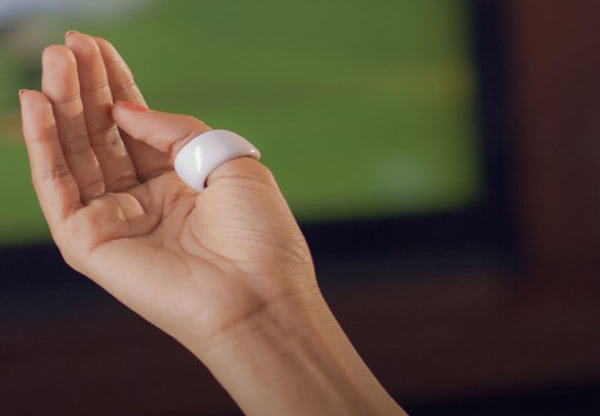The relationship between humans and smart wearable devices has had its ups and downs. Although it is going in the right direction, it has not become a stable one quite yet. This could be partially due to the social awkwardness of wearing this type of technology in everyday situations. What’s more, users have already noticed some of its major drawbacks, such as typing messages on the tiny screen of a smartwatch.
These obstacles were tackled by a team of researchers at the Georgia Institute of Technology, who have introduced an alternative system that could succeed in integrating wearables into our daily life. FingerSound is a smart ring that recognizes thumb gestures and converts them into words and numbers. But unlike any other wearable device out there, there is no need for users to perform gestures in mid-air in order to make it work. It is equipped with a tiny microphone and a gyroscope sensor, so wearers only have to rub their thumbs against their fingers to activate the device.
This ring is programmed to detect specific sounds and movements so that it can clearly identify when an intended gesture is made. This way it can “understand” whether one chooses to draw the shape of a number, a letter, or simply indicates a swiping direction (left, right, up, down) over the fingers. You don't even have to look directly at it to know what signal you want to send.
FingerSound aims to be less invasive, much more subtle, and easier to use than other wearables. Cheng Zhang, creator of this ring-based gesture technology, believes in its potential to become a vital tool in our day-to-day activities: “A ring augments the fingers in a way that is fairly non-obstructive during daily activities. A ring is also socially acceptable, unlike other wearable input devices”,
Sooner than you expect, you won’t need to interrupt a conversation when your smartphone rings, just whirl your thumb and send the call to voicemail. The smart ring, introduces a different kind of body language, providing a glimpse into a whole new set of possibilities of how our smart devices might evolve and engage with us in the near future.
Source: Georgia Tech

Share your thoughts and join the technology debate!
Be the first to comment